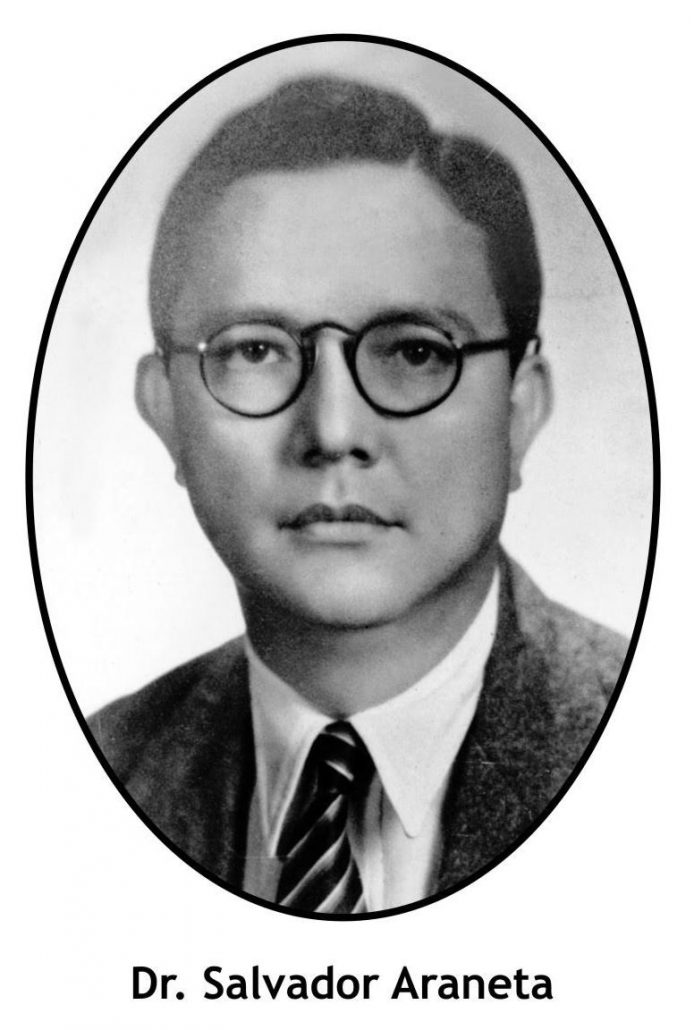 Araneta as Secretary of Economic Coordination
Araneta as Secretary of Economic Coordination
After President Manuel Roxas there was President Elpidio Quirino.
President Quirino was able to obtain from Congress the power to re-organize the government.
The mandate of Dr. Salvador Araneta, who was appointed Secretary of the Office of Economic Coordination, was to meet the need for greater efficiency and rapid economic development of the country.
One of the first things that Quirino assigned Araneta to do was to draft the Executive Order that would define the functions and duties of the Office of the Economic Coordinator. In principle, all government corporations and instrumentalities where under this office.
Sadly, financial institutions, such as the Philippine National Bank and the Development Bank of the Philippines, would be placed directly under Quirino.
Araneta felt that the two biggest financial agencies of the government were vital in economic planning and coordination. He noted nothing would spread development faster than proper financing and good credit policies. Without these two institutions under Araneta, he felt that he would be acting only as an administrator and not as Economic Coordinator.
Later on, the office of Araneta was given other functions including granting tax exemptions to new and necessary industries.
He also wrote the uniform charter for all state corporations. He limited the appointment of Cabinet members to the chairmanship of just one government corporation.
Furthermore, the government corporation had to be related to the portfolio that the Cabinet member was holding.
Araneta had at least 13 government corporations under him in 1950. Under his leadership, the corporations were in the black instead of reporting losses.
The creation of the Philippine Sugar Institute was undertaken under Araneta’s initiative. Its charter had a new approach to make sugar research self-supporting with the voluntary contribution of 10 centavos per picul for all sugar produced in the Philippines.
Only two government corporations were in the red, but their losses had been reduced considerably to what was incurred in the previous year. The Manila Railroad Company was in the red because its equipment was badly damaged during the Japanese occupation.
The other losing corporation was the Land Settlement and the Development Corporation, whose job was to create new agricultural towns in Mindanao for new settlers coming from Luzon and the Visayas. Efficiency became the keyword under Araneta’s administration.
President Quirino wanted to leave a legacy by proposing a “total economic mobilization program” but because of the lack of political will, Quirino’s so-called plan turned out to be only a bunch of “shoe-string measures.” This lack of political will has become an inherent pattern that slowed progress in every administration.
On the other hand, for Araneta, “there was no impossible dream.” Likewise he said that “there is no impossible task, only government officials who are incapable of doing their jobs.” (To be continued/PN)

